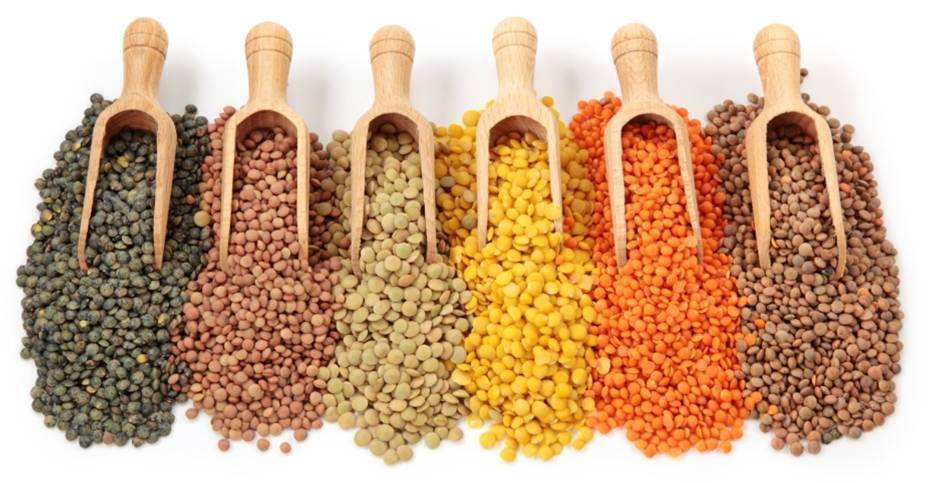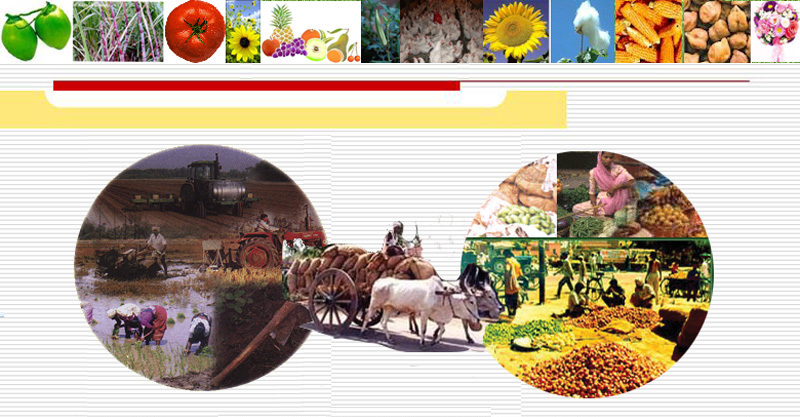The first and foremost thing you need to do UPSC studies is NCERTs ...
Here is the list of must do NCERTs
History – Must Read NCERT Books
- —6th – Our Pasts 1
- —7th – Our Pasts II
- —8th – Our Pasts III – Part 1, Part 2
- —9th – India & the Contemporary World 1
- —10th – India & the Contemporary World II
- —11th – Themes in World History (Focus on –Industrial Revolution)
- —12th – Themes in Indian History I, Themes in Indian History II, Themes in Indian History III
Geography – Must Read NCERT Books
- —6th – The Earth : Our Habitat
- —7th – Our Environment
- —8th – Resources & Development
- —9th – Contemporary India 1
- —10th – Contemporary India 1I
- —11th – Fundamentals of Physical Geography, —11th – India – Physical Environment
- —12th – Fundamentals of Human Geography, —12th – India – People & Economy
Economics – Must Read NCERT Books
- —9th – Economics
- —10th – Understanding Economic Development
- —11th – Indian Economic Development
- —12th – Introductory Microeconomics
- —12th – Introductory Macroeconomics, —Class XII – Supplementary reading material in Economics – Introductory Macroeconomics
Political Science – Must Read NCERT Books
- —9th – Democratic Politics I
- —10th – Democratic Politics II
- —11th – Indian Constitution at Work
- —11th – Political Theory
- —12th – Contemporary World Politics (–8th – Environment & Natural Resources)
- —12th – Politics in India Since Independence
Sociology – Must Read NCERT Books
- —12th – Social Change & Development in India
Culture/Fine Arts – Must Read NCERT Books
- —11th – An Introduction to Indian Art
Science – Must Read NCERT Books
For science, aspirants are advised to go through at-least these selected chapters from the mentioned standards.
- —6th – ◦9: The Living Organisms & their Surroundings
- —7th – ◦7: Weather, Climate & Adaptations of Animals, ◦9: Soil
- —8th – ◦1: Crop Production & Management, ◦5: Coal & Petroleum, ◦7: Conservation of Plants & Animals, ◦12: Friction, ◦18: Pollution of Air & Water
- —9th – ◦14: Natural Resources
- —10th – ◦14: Sources of Energy, ◦15: Our Environment, ◦16: Management of Natural Resources
- —12th (Biology) – ◦Unit X: Ecology (13 – Organisms & Population, 14 – Ecosystem, 15 – Biodiversity & Conservation, 16 – Environmental Issues)
After NCERT is done you can dig deep into the OCEAN
- History -
for history you can do Modern Spectrum RAJIV AHIR for prelims ...apart from that one can also prefer GROVER
for MAINS ...u need extensive reading ...sky is the limit ...still you can go for BIPAN CHANDRA Part 1 and Part 2 ....India before Gandhi and India After Gandhi by Ramchandra Guha could be done.
- Geography
for prelims Geography ...one can do GC Leong ISC certified Physical geography ...and a good ATLAS of Penguin publications should be referred ....for Mains NCERT will be suffice.
- Economics
for Economics prelim i recommend SRIRAM IAS notes along with Ramesh Singh of Tata Mcgraw Hill publications
for Eco Mains ..having hold on newspaper is very important ...i would recommending following Economic Times or Business Standard or Mint (selective reading)
- Political Science
for Polity ...Laxmikant is the Bible ...need to done byheart ...20 readings minimum for Prelims
for Mains i would recommend visiting prsindia.org for continuos tracking of all kinds of legislations proposed,drafted and passed in Parliament along with reports of various Committee reports .....
along with this reading newspaper editorials relating to Consitution, Judicial court judgements, etc need to be studied
along with this reading newspaper editorials relating to Consitution, Judicial court judgements, etc need to be studied
- Sociology
for GS MAINS following books are recommended
- Indian Society – Ram Ahuja
- Social Problems in India – Ram Ahuja
- Fine Arts
for culture i would recommend referring to CCRT website, NIOS culture notes are good and current culture events should also tracked selectively
- Science
for Mains , emphasis must be given on current science events lke achievements of ISRO , inventions by BARC,DRDO and various Indian institutes...apart from this 'major' international inventions and discoveries must also be tracked
- ETHICS
for ethics one may begin with LEXICON , emphasis has to be given on thinkers foreign and Indian thinkers .....their teachings must be reflected in the answers and case studies to earn more marks !
---------------------------------------------------------------------------------
Apart from all this u'll must surf a lot on Internet ...go for editorials of multiple newspaper..should follow magazines like
Yojana
Kurukshetra
DowntoEarth
Science Reporter etc.
.....should also follow VISION notes , insightsonindia , mrunal.org, gktoday , etc. and offcourse my blog :)





